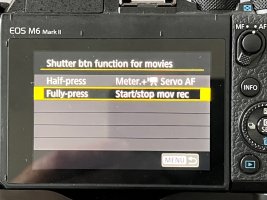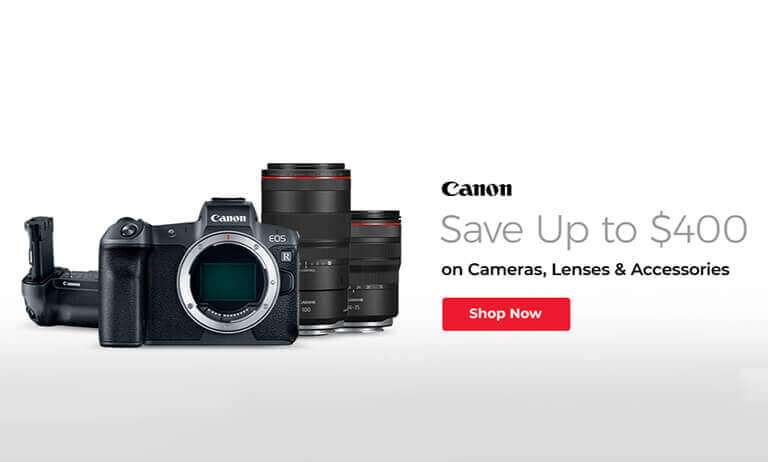I disagree with basically the whole premise of judging the EF-S line-up's innovation based on two kit lenses, and saying they aren't innovative. But at the same time I'm also pretty confident that they won't put too much of a push behind RF-S lenses as whole in the long run.To me, the great thing about the R full frame system, especially the lenses, is that Canon added several great feature while newly designing old EF lenses. The UWA zooms got wider, we have F2 zoom lenses (and hopefully trinity at some point) the RF 100-500mm, the superlightweight tele prime lenses.
But, for the APS-C market Canon seems to buy shying away from R&D costs. So, the two RF-s are not innovative at all and lack new features or simply a lighter design or such. And now they basically release an M camera with RF-s mount. I don't think a lot people will opt for these cameras...
I personally think it is kind of sad...
Seems a little premature to poo poo their EF-S lens design choice. You're talking about the two kit lenses. (And even then, technically, if you're comparing the RF 18-150mm to the EF counterpart, and not the EF-M version, the EF only goes to 135mm, so the RF version is "innovative" over the EF version in that it has longer reach. 1 out of 2 lenses, 50% of the released RF-S lenses, would meet your criteria of innovation.
With that said, the RF kit lens is also just a "non-innovative" 24-105 f4. And yes, Canon released a statement lens in the 28-70 f2, but they also released it side by side with a "non-innovative" 24-70 f2.8.
However, I also think your definition of innovation is too narrow. The combination of better optics, size, weight, IS (better IS in isolation, but also working in concert with IBIS), and focus distances are pretty big deals. And that's not even counting the fact that every RF lens has the innovation of having a control ring (even if for the cheaper lenses you have to choose between Focus or Control. It's still an option.)
Calling out minimum focus distance specifically, the EF-S 18-135 has a minimum focus distance of 15.4 inches, and the RF manages to go down to 6.7 inches. It's so a that level of so improved it now ranks a Macro designation, but that still a massive improvement. (The EF-M version is in between at 9.8 inches.)
Bumping into minimum focus distance issues is one of the first things I had to google when I first started learning photography.
I feel like just because there is a core, basic set of innovations that are expected... changes/improvements/additions that aren't usually reflected in the lens name... that it shouldn't then disqualify those improvements/additions from being considered innovation.
With all that said, using history of EF-S and EF-M lenses as a guide (which I think is pretty safe) I am glad that Canon is doing so much in adding to improvements into so many aspects of these lenses, because RF-S lenses will be few and far between. Here's to hoping we get an 17-55 2.8 RF equivalent at all.
Upvote
0


